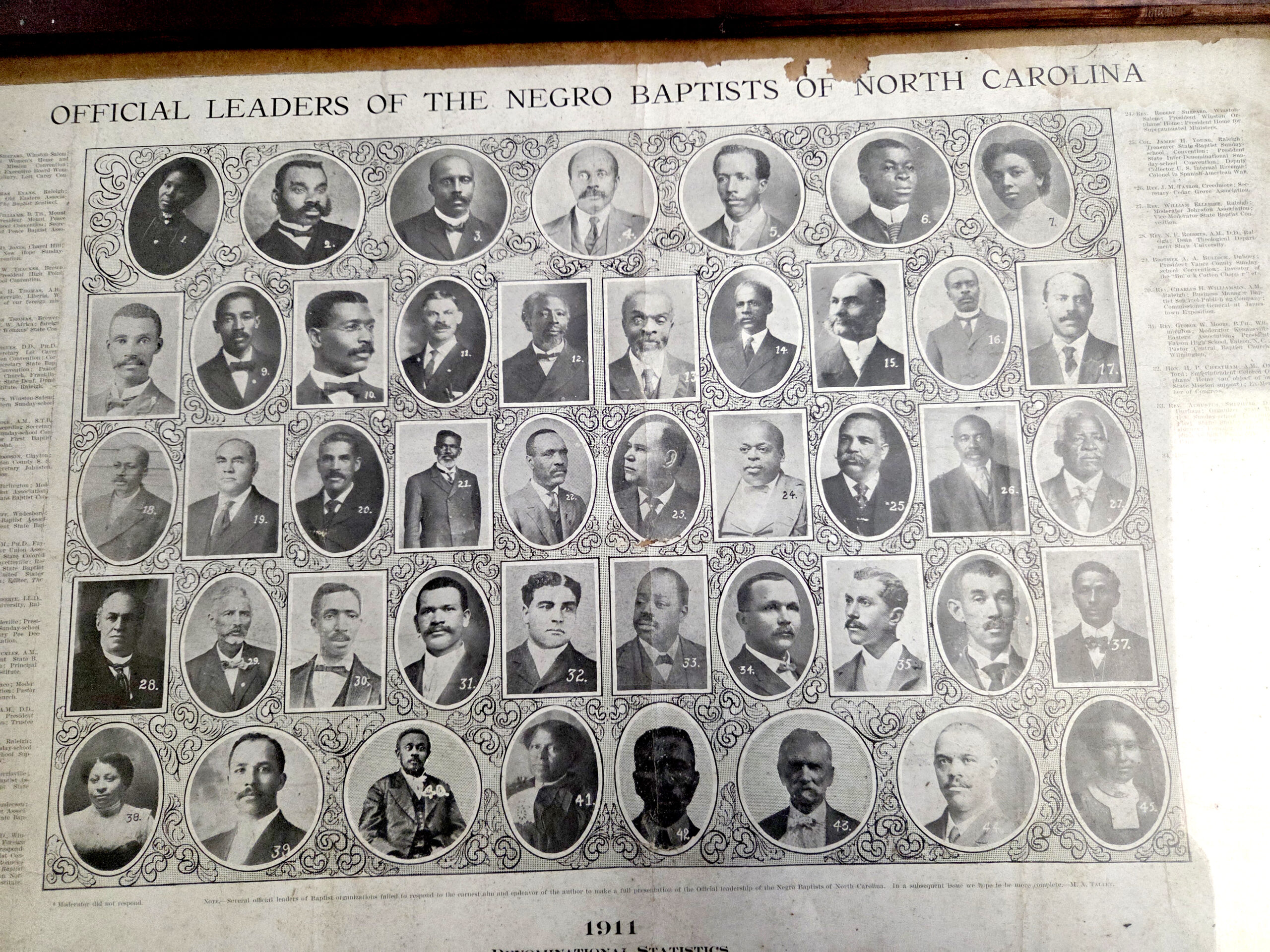
By: Jordan Meadows
Staff Writer
The General Baptist State Convention of North Carolina is a living legacy of faith within the African American Baptist community.
Its roots trace back to the early 1600s when African ancestors were brought to America. Though their worship was not structured in the way many churches are today, their faith was deeply intimate and personal. Faced with slavery and poverty, their spiritual connection became a source of strength, as they trusted in a God they could not see but believed was ever-present in their suffering and struggle.
As African Americans settled in North Carolina, many found the Baptist denomination to be more closely aligned with their beliefs and worship style. Encouraged by white Baptists to organize their own congregations, Black Baptists in Goldsboro, Wilmington, and Raleigh soon recognized the need for a unified body to support their educational and missionary goals.
On October 18, 1867, a crucial moment in North Carolina’s religious history occurred: at the First African Baptist Church in Goldsboro, a group of Black ministers and delegates gathered, forming what was initially called the General Association for Colored Baptists of North Carolina. This assembly, organized by leaders such as Meredith Ligon, coincided with the annual meeting of the white Baptist Convention, which offered both guidance and a financial gift of $500.
A name, constitution, leadership structure, mission, and purpose were all agreed upon in just two days. However, the path forward was not without division. Over the decades, the organization underwent several name changes and periods of separation, including a schism in 1908. Yet by 1915, the divisions healed, and a more unified convention emerged. In 1929, the name General Baptist State Convention of North Carolina, Inc. became official, and by 1947, it was widely recognized.
Today, the GBSC stands as the oldest Black Baptist association in North Carolina, representing over 500,000 members and maintaining its strong commitment for over 150 years to its motto: Christian Education, Missions, Benevolence.
A key supporter of Christian education, the GBSC was instrumental in the founding and development of Shaw University and the Shaw University Divinity School. It also supports the Central Children’s Home in Oxford, NC, an institution committed to nurturing and training children in faith and life. Through its affiliation with the Lott Carey Foreign Missions Convention, the GBSC maintains a global mission outreach, symbolically returning to Africa—the spiritual birthplace of many of its members.
The Convention is also the parent organization for a number of influential groups, including the Woman’s Baptist Home and Foreign Missionary Convention, the N.C. Baptist Ushers Convention, the N.C. Baptist State Laymen’s League, and the Congress of Christian Education.
One of the GBSC’s most notable modern-day acts of service was its significant role in the recovery of Princeville, North Carolina. Founded in 1865 by formerly enslaved people, Princeville is the nation’s first independently governed African American town. In 1999, devastating floods submerged the town for two weeks, displacing its 2,100 residents and destroying most of their homes. The GBSC was there—on the ground, providing aid and helping rebuild the town.
This act of service was not isolated; since 1867, the Convention has shown up in both large and small communities across the state in times of need.
Recognition of the Convention’s historical importance can be seen today through a North Carolina state historical marker. Located on US 117 Business (George Street) at Pine Street in Goldsboro, in Wayne County, the marker commemorates the site of the first organizational meeting in 1867. Though the original building no longer stands, the First African Baptist Church of Goldsboro still owns the lot and has continued its ministry in a new building since 1978. The marker, originally cast in 1997, ensures that the significance of this place and this gathering is not forgotten by future generations.
